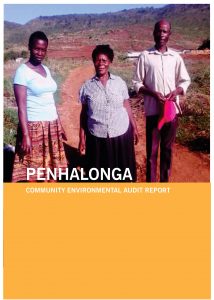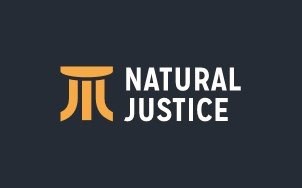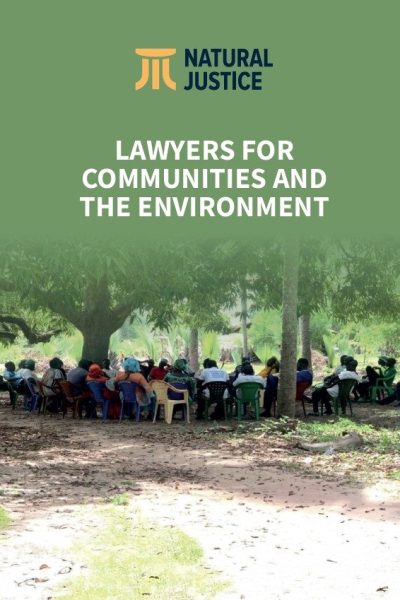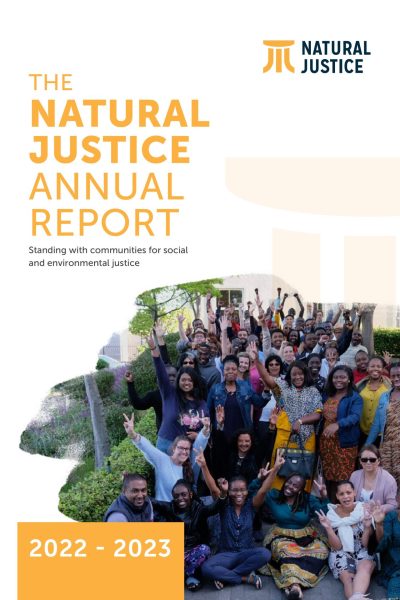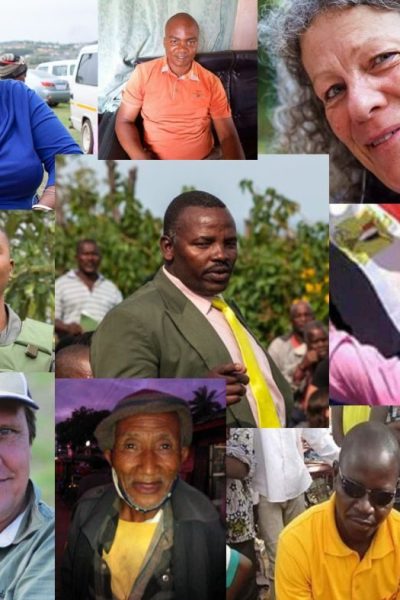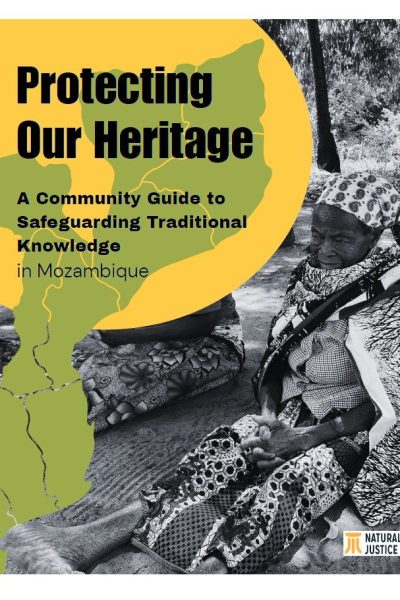Penhalonga is in the Manicaland Province of the Eastern Highlands of Zimbabwe. Surrounded by a mountain range, Penhalonga is situated in a valley where the Sambi and Imbeza Rivers meet the Mutare River. The population of approximately 15 000 has diverse livelihoods, mainly in the non-formal sector, and these include carpentry, basket and mat weaving, building and selling vegetables. Some are formally employed and work in the mines and with other institutions.
Gold mining is one of the oldest livelihood activities in Penhalonga. However, it was during last century that mining in Penhalonga became formalized, led by big business. This has altered the community’s landscape and environment due to environmental laws and regulations not evolving at the same pace that mining was developing. For instance, the environmental impact assessment (EIA) laws were only enacted in 2003 through the Environment Management Act (Chapter 20:27) and the EIA and Ecosystems Protection Regulation Statutory Instrument 7 of 2007. Riverbed mining was only prohibited in 2014 through the Environmental Management (Control of Alluvial Mining) Regulations Statutory Instrument 92 of 2014.
The community environmental audit, also known as a ground-truthing report, is a process of examining the compliance of companies with laws, regulations and project certificate conditions. An EIA is an evaluation of a project to determine its impact on the environment and human health and to set out the required environmental monitoring and management procedures and plans. The community environmental audit was undertaken over 16 months with members of the Penhalonga Community.

